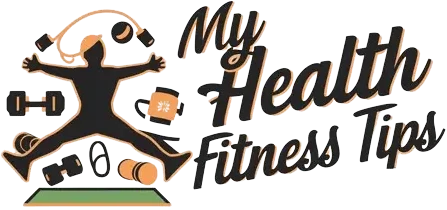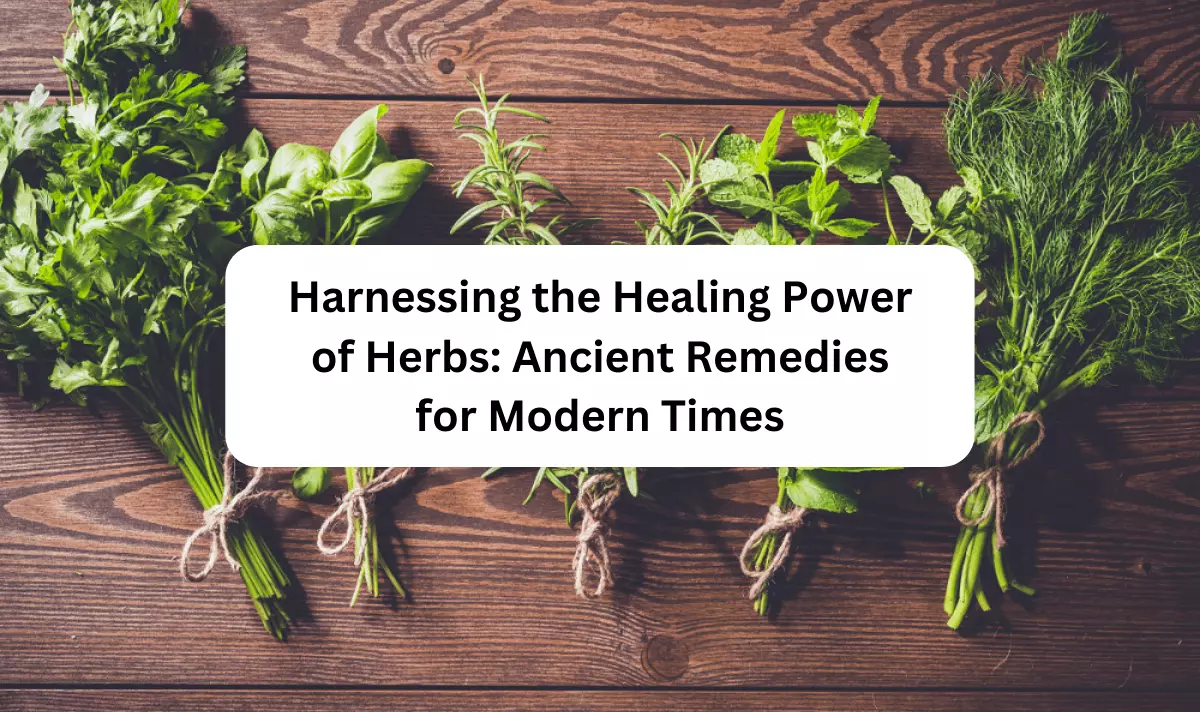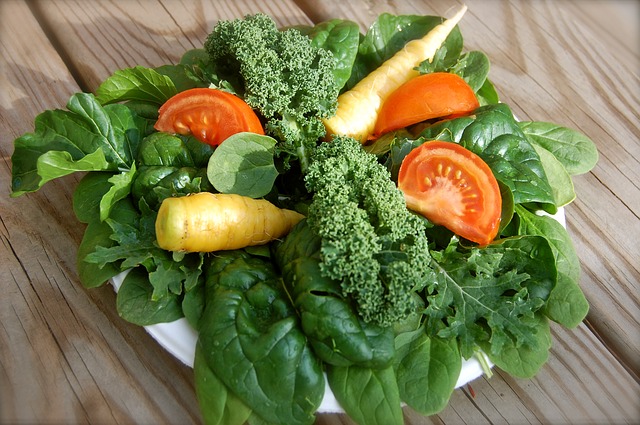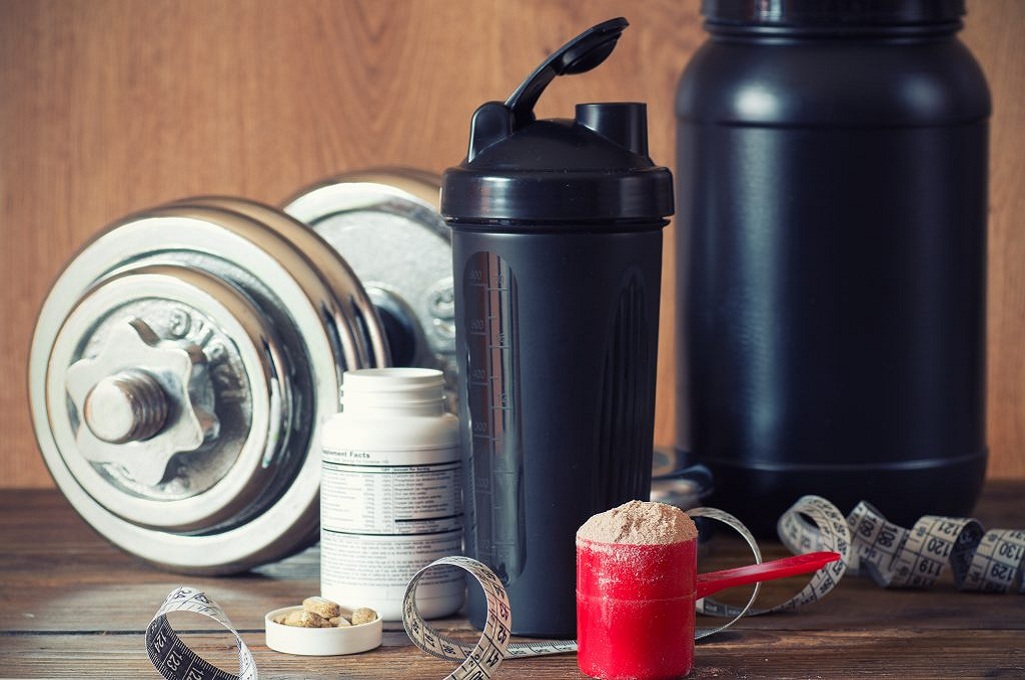There’s nothing more comforting than a hearty soup or stew simmering on the stove, but an excess layer of oil floating on top can turn an otherwise healthy dish into something heavy and unappealing. While a bit of fat can add depth of flavor, too much makes soups greasy and masks the true taste of the ingredients. Luckily, there are tried-and-true methods for soup & broth fat removal that can help you achieve a cleaner, lighter bowl.
In this post, we’ll explore the most effective ways to skim off excess oil, ranging from traditional techniques to modern kitchen tools like a separator. By the end, you’ll know exactly how to keep your soups and stews flavorful without the unwanted grease.
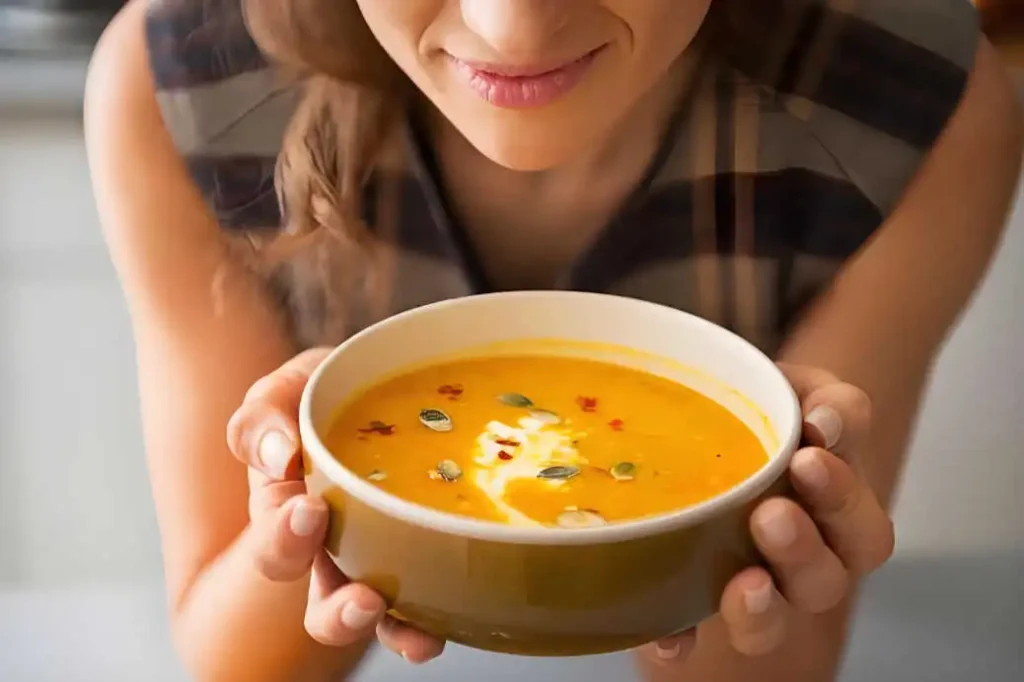
Content
Why Excess Oil Matters
Oil naturally rises to the surface of liquid, so it’s especially noticeable in broths and stews. If not removed, it can:
- Make the dish too rich or heavy.
- Dull the flavors of vegetables, spices, and proteins.
- Affect the texture and mouthfeel.
- Reduce the nutritional balance, especially if you’re aiming for a lighter meal.
The good news is that with just a few simple steps, you can manage soup & broth fat removal effectively without compromising flavor.
Classic Methods to Skim Off Fat
1. The Spoon Technique
One of the simplest ways to skim off excess oil is to use a large spoon or ladle. Gently drag it across the surface to catch the shiny layer of fat. While this method requires patience and a steady hand, it works well for small amounts of oil.
Pro tip: Tilt the pot slightly so the fat collects on one side, making it easier to scoop.
2. Chill and Remove
If you have time, refrigerate your soup or stew for several hours. As it cools, the fat will solidify on the surface, forming an easy-to-lift layer. Simply lift it off with a spoon before reheating.
This method is especially useful for meal prepping, since it not only ensures soup & broth fat removal but also makes reheating flavors more concentrated.
3. Ice Cube Trick
For a quick fix, drop a few ice cubes into a ladle or directly into the pot. The cold surface will cause the fat to solidify around the ice, making it easier to remove. Just be careful not to let the ice melt into the soup, which can dilute flavors.
Modern Tools for Fat Removal
4. Fat Separator
A separator is one of the most efficient tools for dealing with greasy soups and stews. These specially designed pitchers allow the fat to rise to the top while the broth drains from the bottom spout.
Here’s how it works:
- Pour your soup or stew into the separator.
- Wait a few moments for the fat to float to the surface.
- Press the trigger or use the spout to release only the broth.
This method not only helps you skim off excess oil but also ensures precision and speed, especially for larger batches. If you make stocks or gravies often, investing in a good separator is a game-changer.
Tips for Reducing Oil Before It Becomes a Problem
While removal techniques are essential, you can also minimize excess fat during cooking:
- Trim proteins: Cut visible fat from meat before adding it to the pot.
- Measure oils: Instead of eyeballing, use a tablespoon when adding oils or butter.
- Sauté smartly: Cook vegetables in minimal oil and let the stew base build flavor naturally.
- Use leaner cuts: Chicken breast, turkey, or lean beef cuts reduce the need for soup & broth fat removal later.
Choosing the Best Method
So, what’s the best way to skim off excess oil from soups and stews? The answer depends on your situation:
- Quick fix: Spoon technique or ice cube trick.
- Make-ahead meals: Chill and remove.
- Large batches or precise removal: Fat separator.
By combining these strategies, you’ll always have a way to keep your soups and stews light, flavorful, and healthy.
Final Thoughts
A rich, flavorful broth is the foundation of any great soup or stew, but when oil takes over, it can overshadow all your hard work. Thankfully, mastering the art of soup & broth fat removal is easier than it sounds. Whether you skim off with a spoon, chill overnight, or use a trusty separator, you can transform a greasy dish into a refined comfort meal.
With these tools and tricks in your cooking arsenal, every bowl you serve will taste cleaner, brighter, and more satisfying. After all, the best soups aren’t just hearty—they’re balanced, too.

Alina Smith is a health blog author with an interest in the intersection of wellness and mental health. She’s worked as a writer, editor, and communications specialist for various healthcare organizations. Alina has also led projects to improve access to care for underserved populations in both rural and urban settings.
